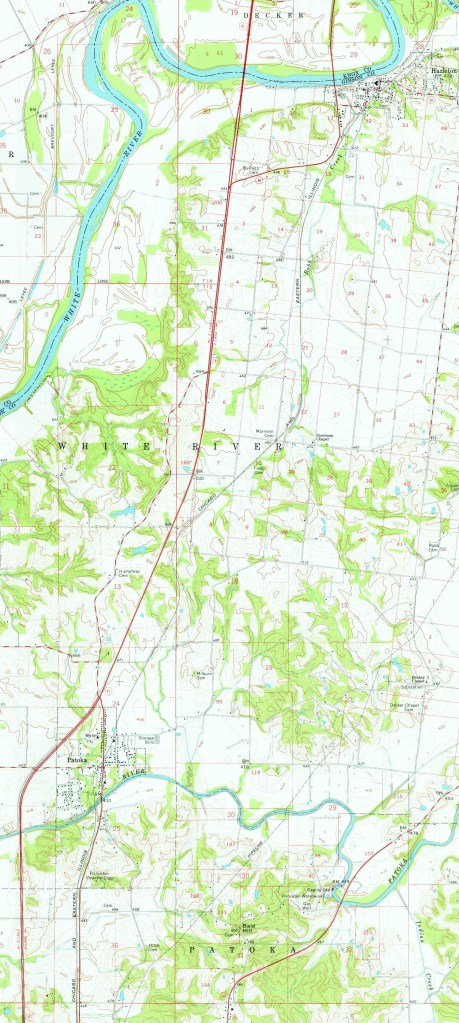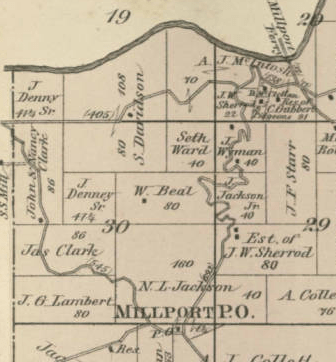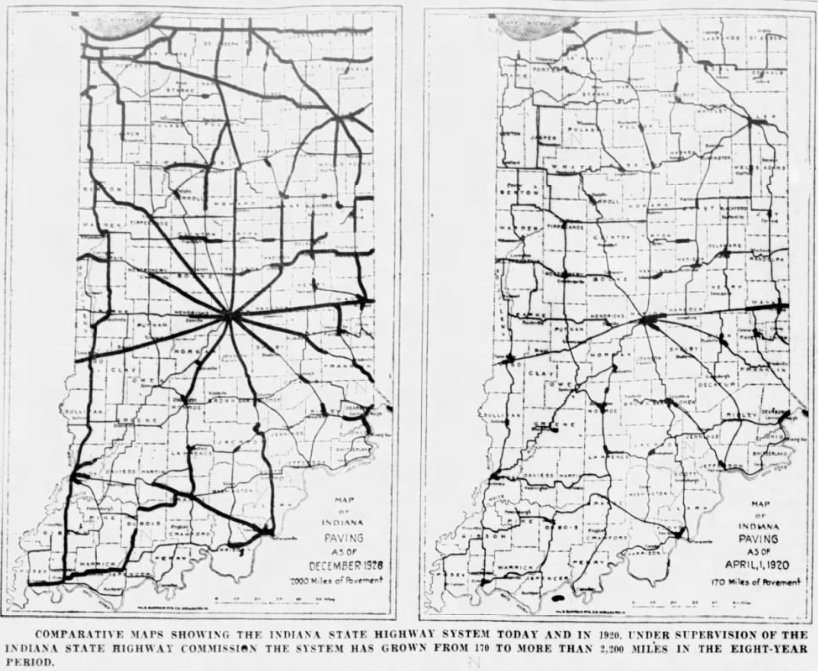I spend a lot of time looking through old newspapers. It all started with my genealogical research. But I realized that this blog could benefit from the very same resources. And, if you have followed this blog, you know I do use them a lot. Today, I want to cover some newspaper articles about the early days of the Lincoln Highway, and construction of same.
The Indianapolis News of 18 June 1914 spent almost an entire column page to the Lincoln Highway. The majority of the article was about what Carl Fisher planned when it came to both the Lincoln Highway and the Michigan Road in his home state. Fisher was in South Bend, witnessing the beginning of work on his brain child. According to the News, he “has started another big movement. It is the improvement of the Michigan road from Indianapolis to South Bend to connect the speedway city with the coats-to-coast highway and to give central and southern Indiana an outlet to it.”
Plans were also to have a “General Good Roads Day” in Marion, Boone, Clinton, Cass, Fulton, Marshall and St. Joseph Counties. He was also calling for the oiling of that road. Calls for a state trunk road system were announced, as well.
The plans for the Lincoln Highway in South Bend called for an 18 foot cement road way with three foot graveled shoulders on each side, make for a total 24 foot wide road right-of-way. Fisher let the St. Joseph County Commissioners know that specifications only called for a 15 foot roadway, with the same three foot shoulders. This would make the right-of-way a total of 21 feet wide.
The cement mixture, according to Fisher, was also too expensive for the work. He recommended that the mixture include one part cement, two parts sand and three parts gravel. This was the same mixture that had been successfully in use in Wayne County, Michigan. This one change decreased the cost of construction of the Lincoln Highway across St. Joseph County from around $194,000 to roughly $150,000.
The Lincoln Highway was, at the time of this article, also completely marked across northern Indiana. Traffic along the new Auto Trail was increasing with travelers moving between the two coasts. The prospect of major traffic from the east going to the California-Panama Exposition in 1915 was on the minds of the people involved with completing the highway across the United States.
Fisher also expressed his concern that the Lincoln Highway be built “under competent engineers and honest contractors.” His belief that “nothing shows worse than concrete construction any underlying graft. It only takes two or three years to label a skimping contractor a thief or an incompetent.”
As a human interest story, less than a month later, in the Indianapolis Star of 19 July 1914, it was announced that “Fred Callahan, the young man who walked from New York to San Francisco and who is now walking back over the Lincoln Highway, reached Ashland, O., a short time ago. He averages about thirty miles a day and has covered more than 5,000 miles. He carries a pack on his back weighing about thirty-five pounds. Callahan says the Lincoln Highway is being put in good shape all across the country, and he ought to know.”
An article covering the entire Lincoln Highway in the Fort Wayne Journal-Gazette of 13 January 1918 mentions that of the 94 counties crossed by the Lincoln Highway in the United States, only one has completely finished the concrete pavement of the route. That county is St. Joseph, Indiana. The same article mentions that there is an official feeder road to the Lincoln Highway at Dyer. That feeder road connects the coast-to-coast highway to the city of Chicago.
The Indianapolis Star of 7 July 1918 mentions the work that the Indiana State Highway Commission made appropriations for that year. The ISHC, created in 1917, had taken the original route of the Lincoln Highway into the fledgling state highway system. It was called Main Market Road 2. According to the newspaper, $37,000 was allocated for the Lincoln Highway between Elkhart and the Elkhart-St. Joseph County line. The same amount was earmarked be Elkhart County. St. Joseph County was also starting the grading of the highway near Osceola. A contract for a new bridge in St. Joseph County was also let.
Tree planting was the news of the day in the South Bend Tribune of 25 June 1921. St. Joseph County planned to plant as many as 5,000 trees along the national highways that connected to South Bend. Keep in mind that both of Carl Fisher’s “children,” the Lincoln Highway and the Dixie Highway, met in South Bend. The roadside was “barren,” according to the newspaper. They also ran the following two pictures to make their point.

One of the bad things about looking through newspapers for a topic like the Lincoln Highway is that it was such an important feature in the United States that news from across the country would appear in the newspaper. Most of the coverage was for the national perspective, not the Hoosier one. I will continue to scour the newspapers of the state to find more information like this. Just that some projects are so large that local information is usually mainly ignored.












































